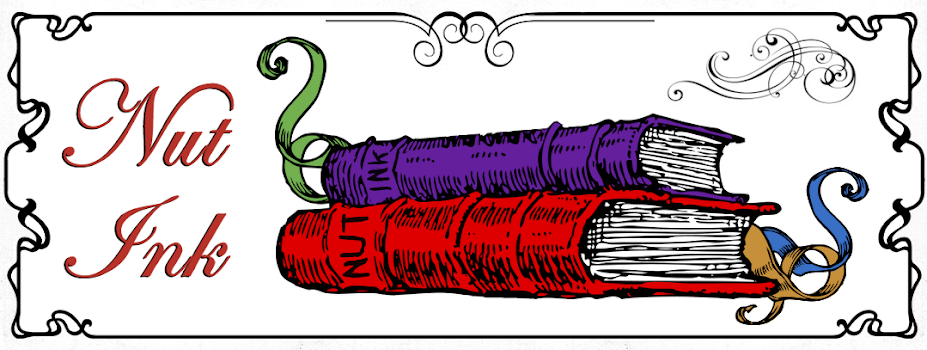Author: Neil Gaiman | Illustrators: Kelley Jones / Charles Vess / Colleen Doran |
Page Count: 152
Page Count: 152
"Things need not have happened to be true. Tales and dreams are the shadow-truths that will endure when mere facts are dust and ashes…”
Book 3 of 10 in the Sandman saga sets aside the multipart work and gives us some standalones. There are still references to things outside of each individual story so they’re still a part of the series story arc but can be removed from it and enjoyed separately. The publisher claims that each collection “can be read in order or as individual volumes” but that’s just publisher bullshit to sell more copies. Read them in order, always, even the standalones.
-The first story will appeal to anyone who’s ever tried to write a story (or review) and found they're still staring in despair at a blank page after half an hour of toil.
-The second will appeal to cat lovers, and is perhaps Gaiman’s most emotionally touching standalone; at least it is for me. It’s brought to life by the pencils of Kelley Jones who either owns a cat himself or studied them at length.
-The third is the highlight of the book and won Gaiman a World Fantasy Award, the only comic to ever do so. It requires you to have read Shakespeare's A Midsummer Night's Dream to get the most enjoyment from it. It marks the first time artist Charles Vess worked on the series.
-The last story is the wildcard. It features a long forgotten superheroine; it examines what life is like when the world no longer needs you and you don’t have a normal life to fall back on. What do you do when you can’t do anything?
Because book 3 collects just 4 issues, the short length is padded out with a 39 page script for the first story. It’ll either fascinate or bore; think of it like a dvd extra, do you watch them or not? If not, you’re paying the same price for 4 issues as you’ve paid for 7 previously. It’s a diverse mix but luckily for me I'm a fan of all of those things so I enjoyed every squiggly word of it.
The book collects together Sandman issues 17 - 20
5 faeries and masks that won’t stick out of 5














